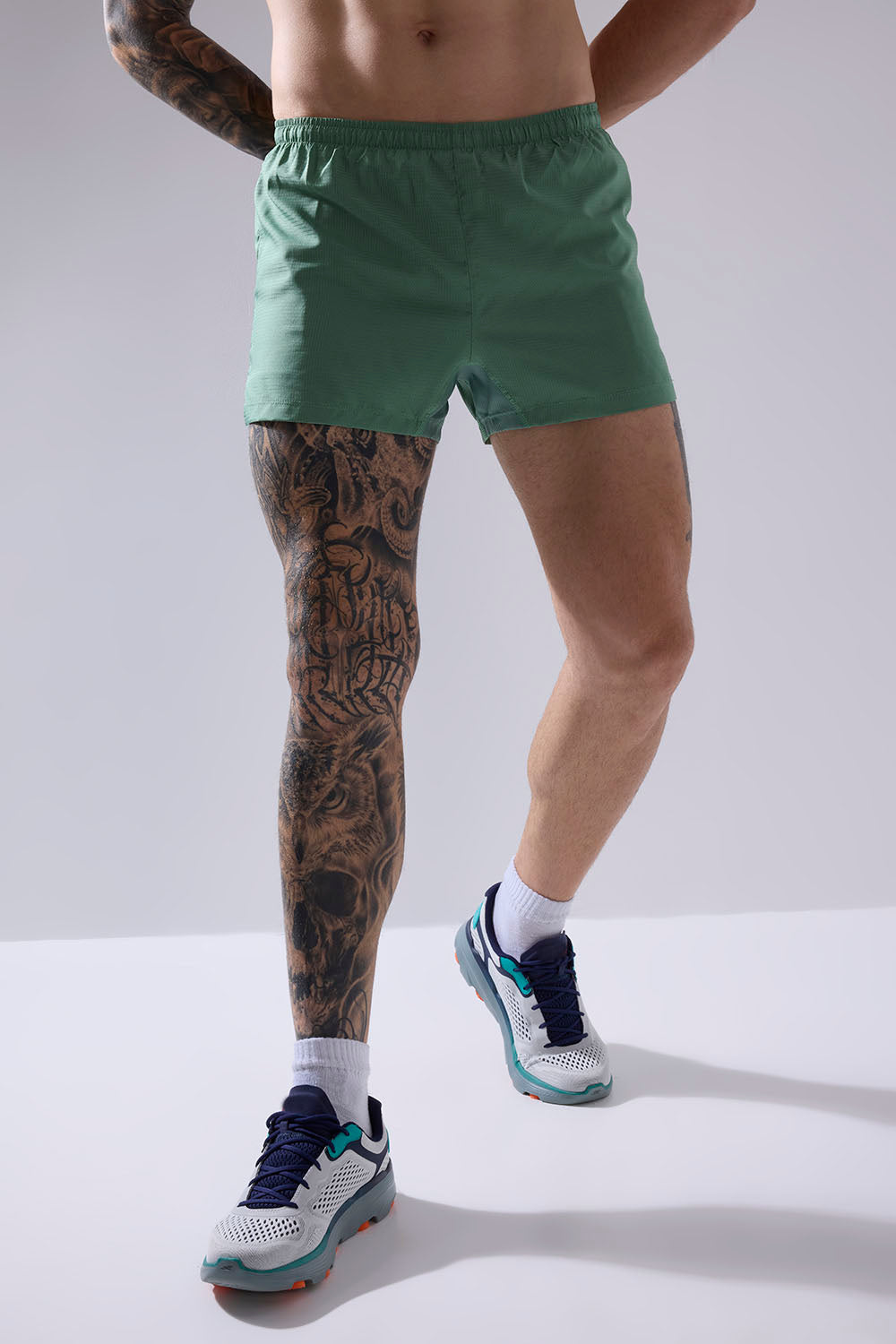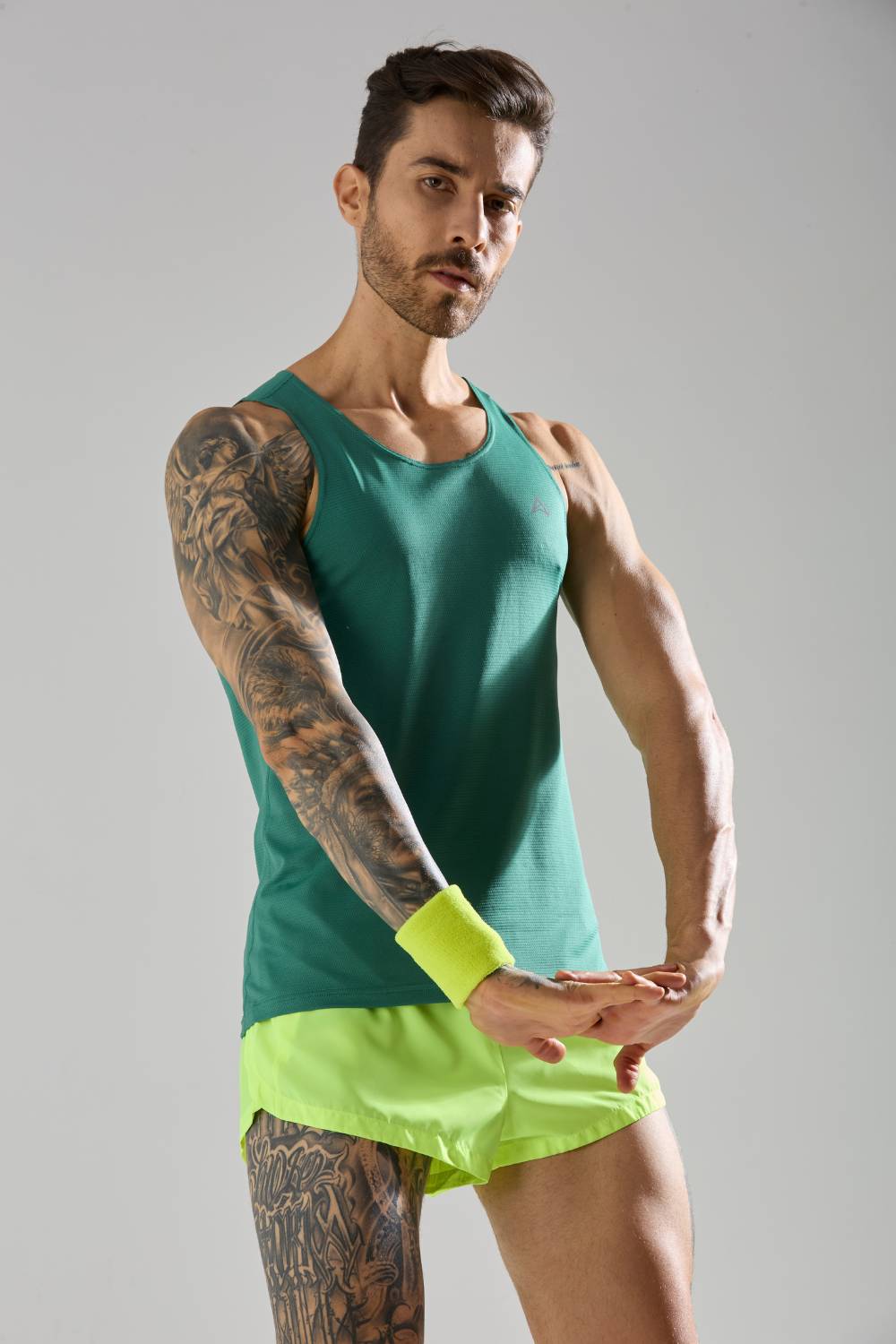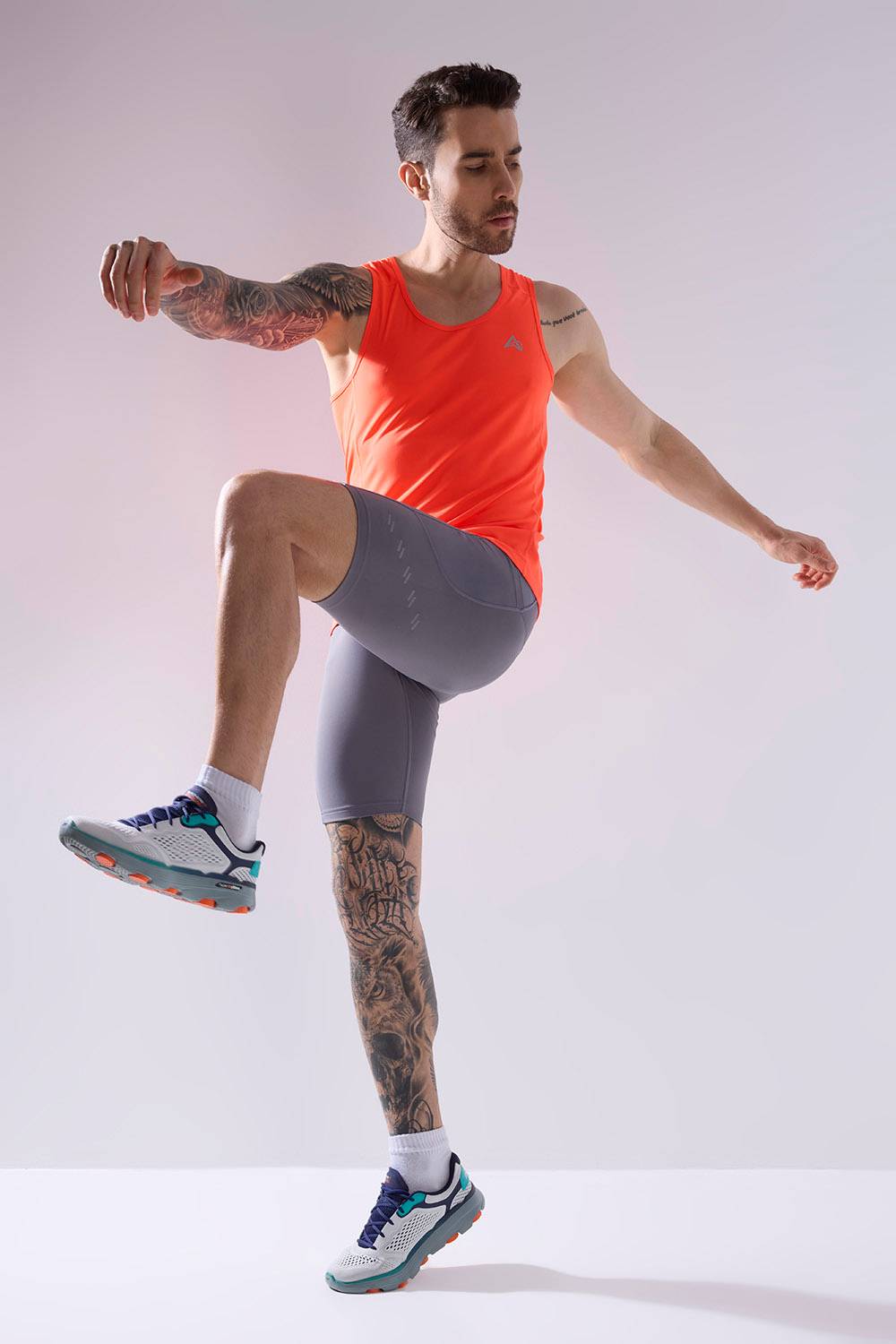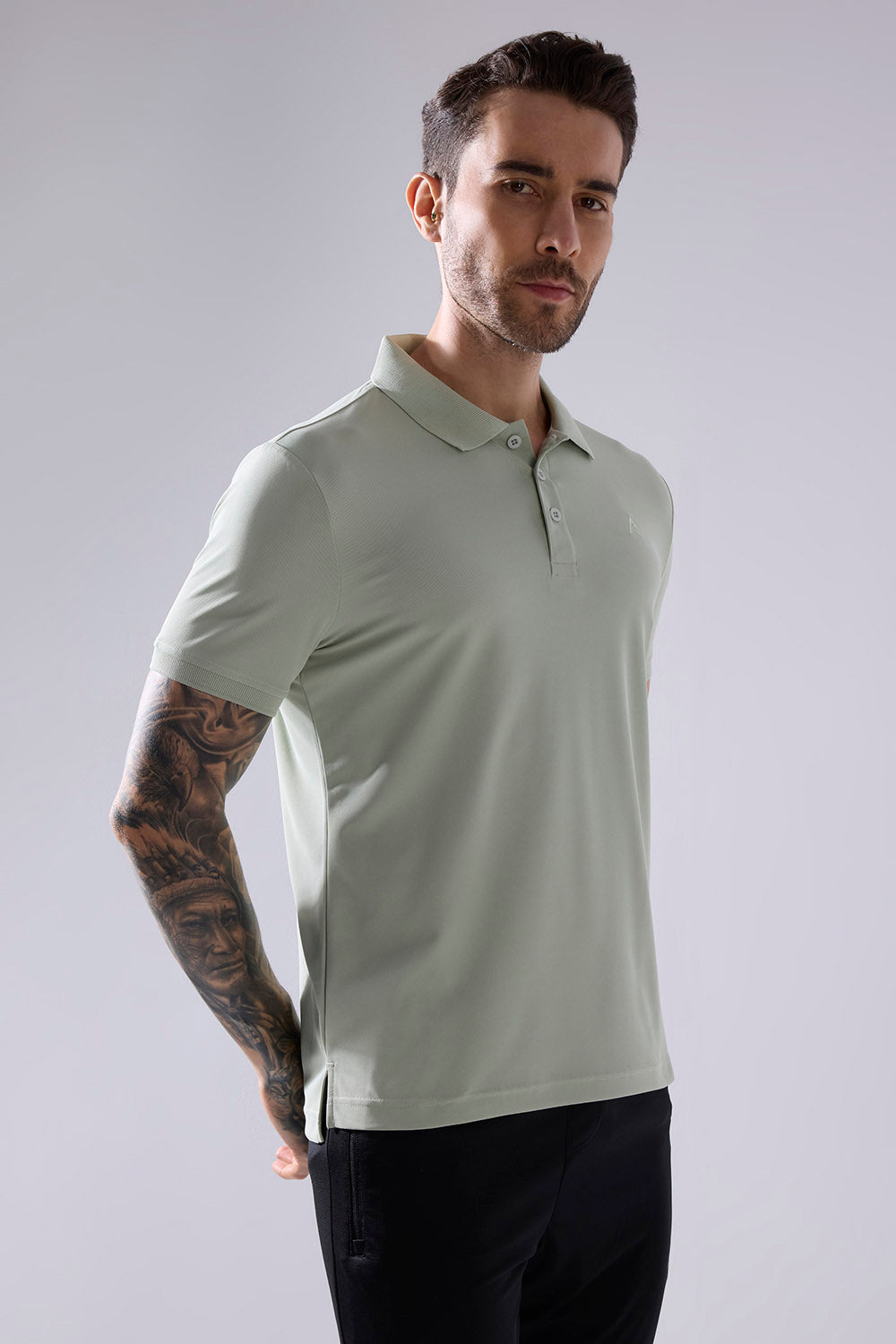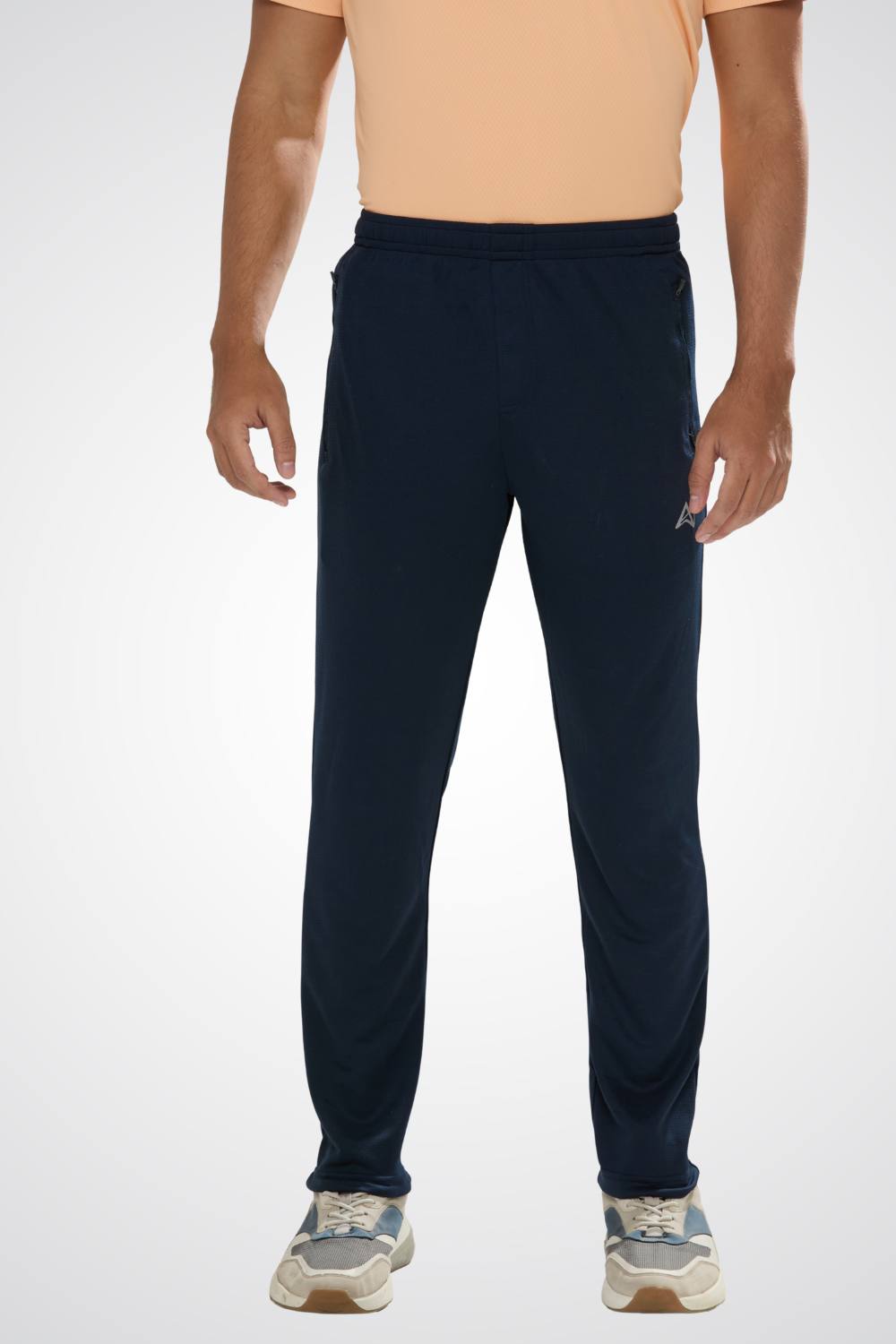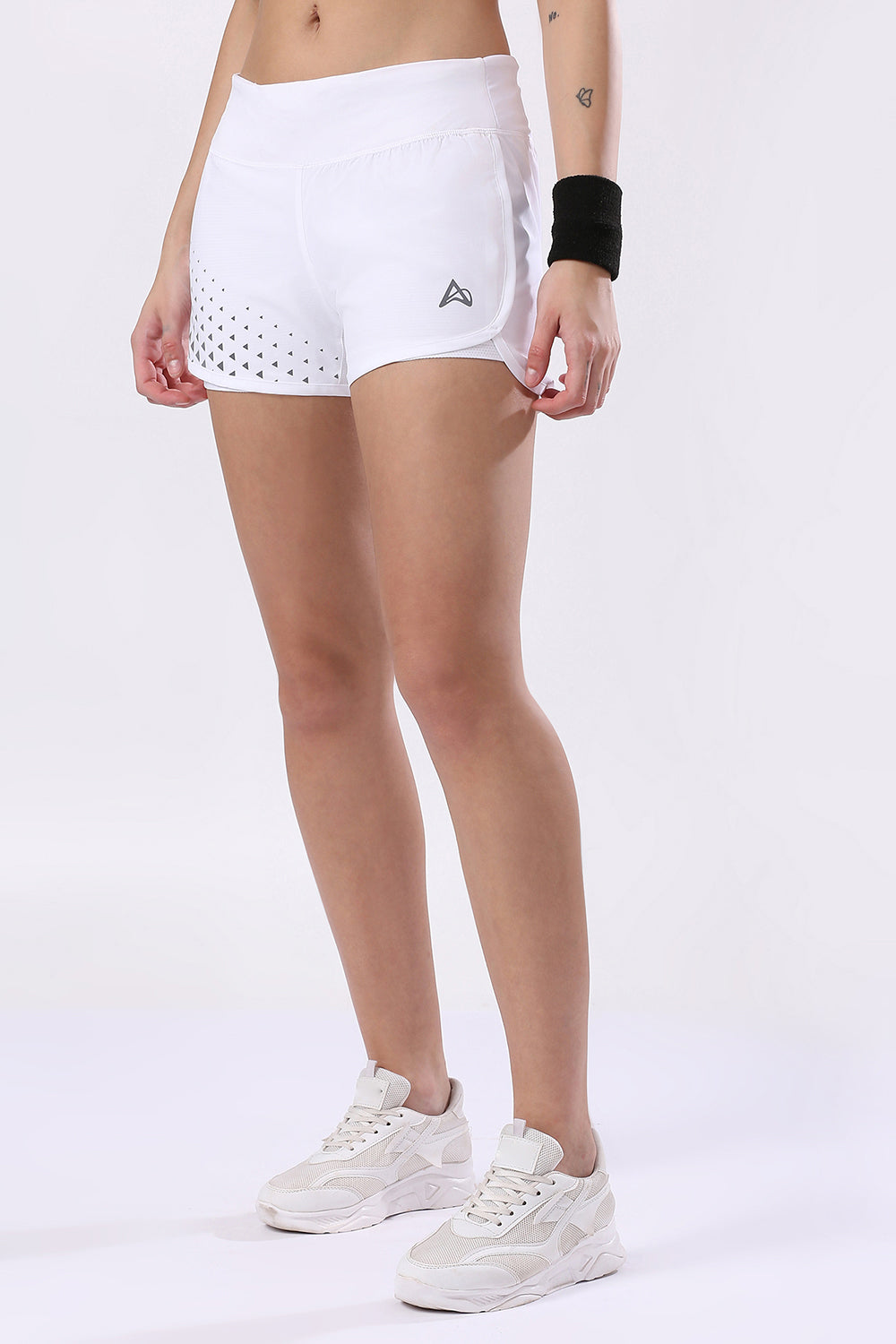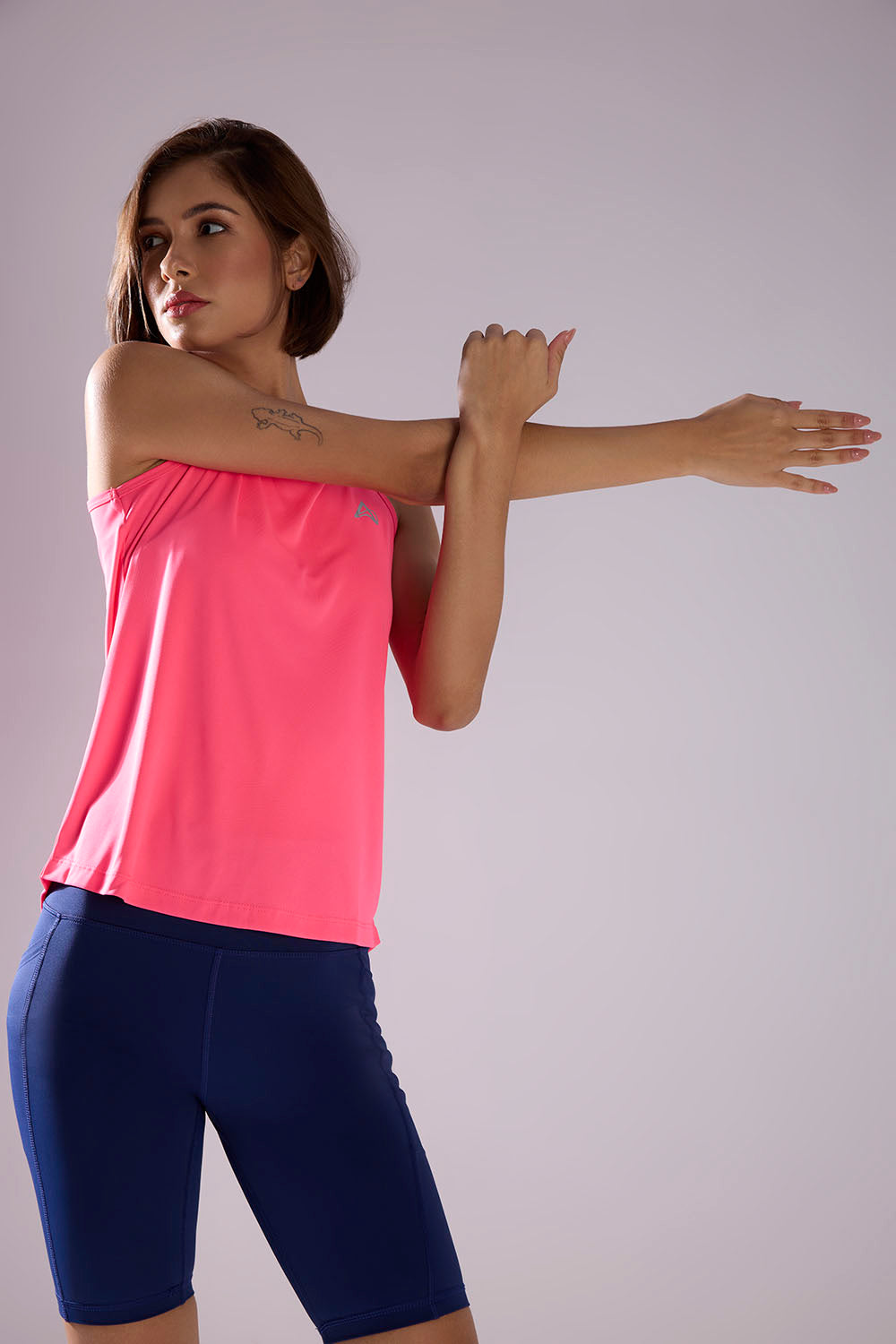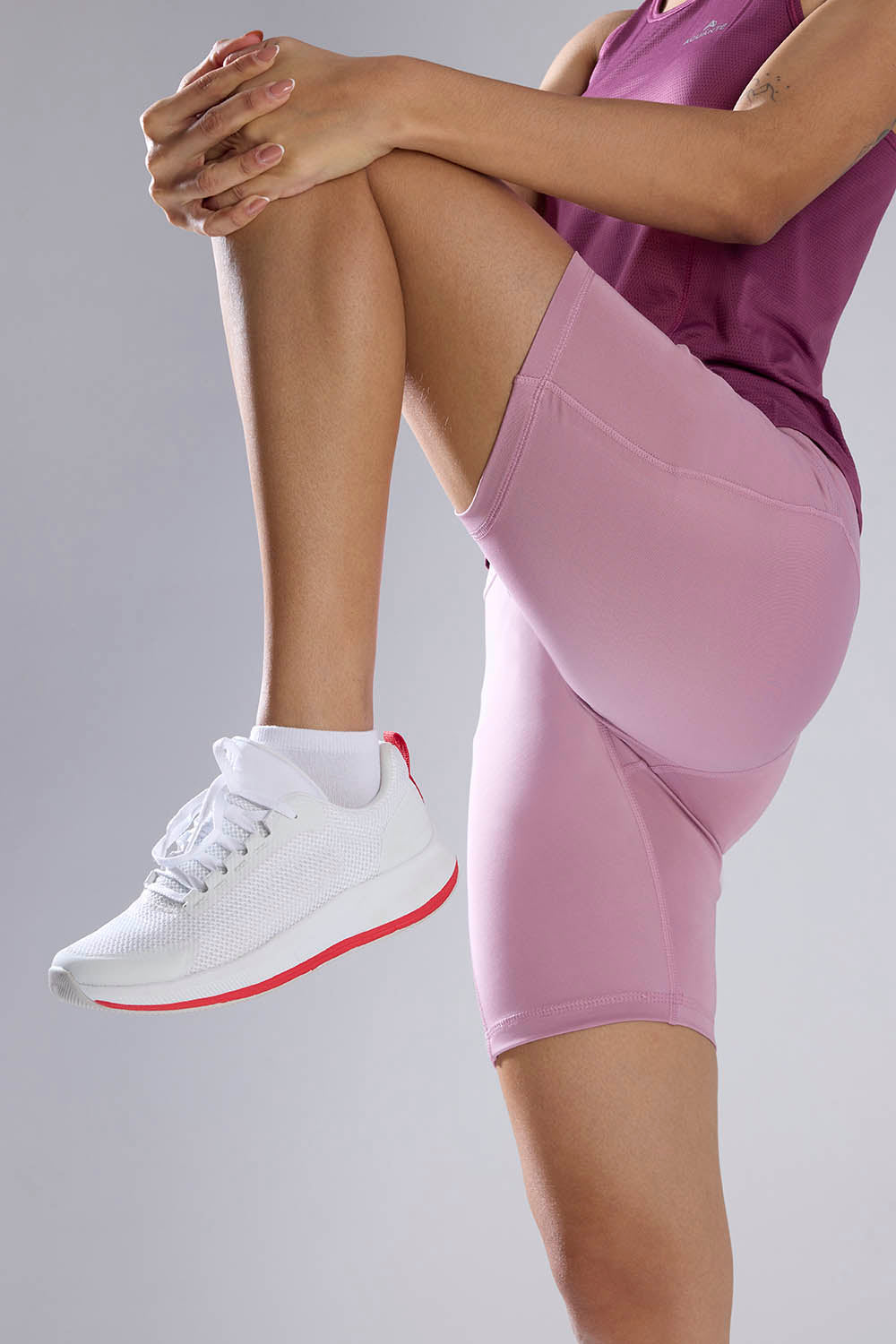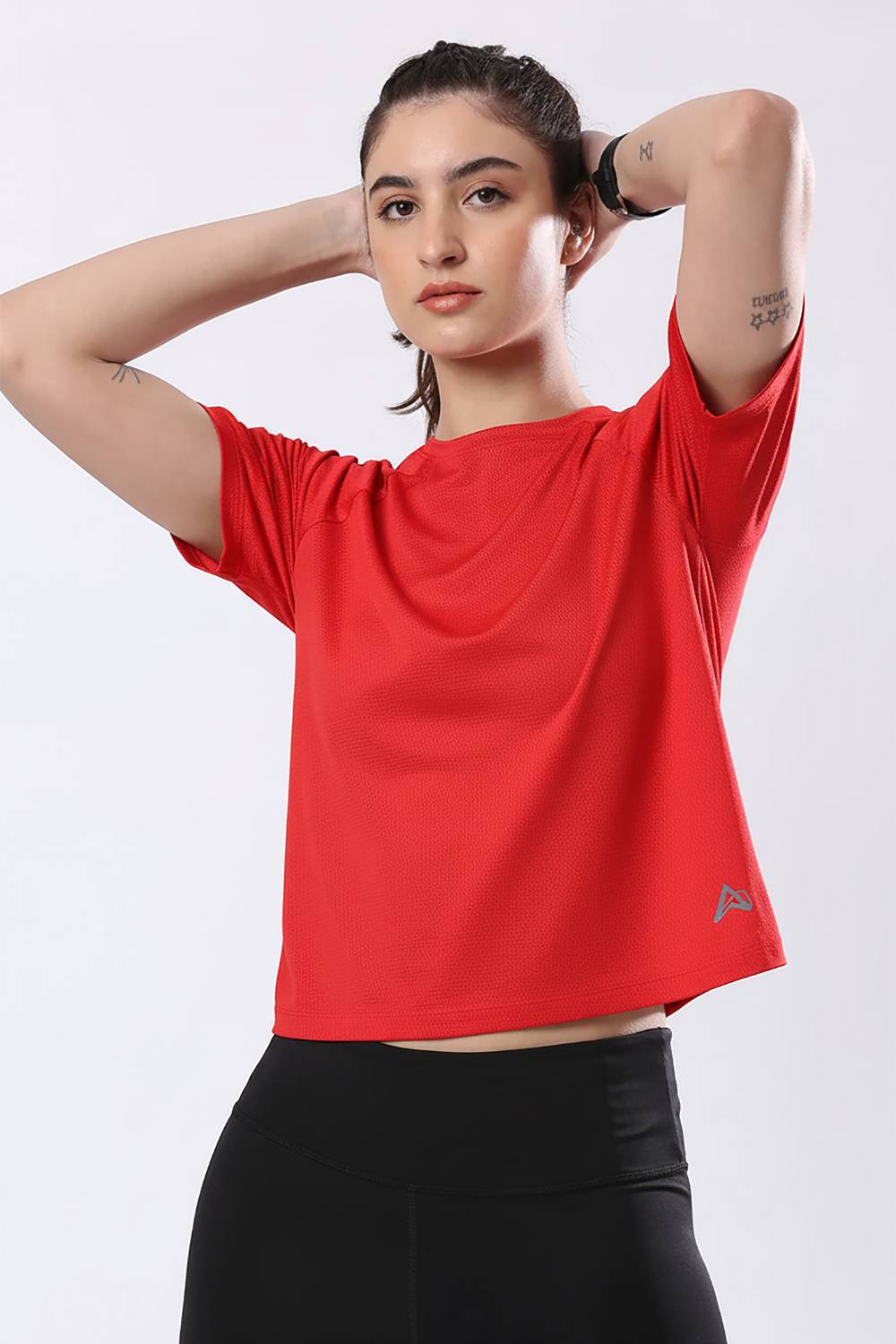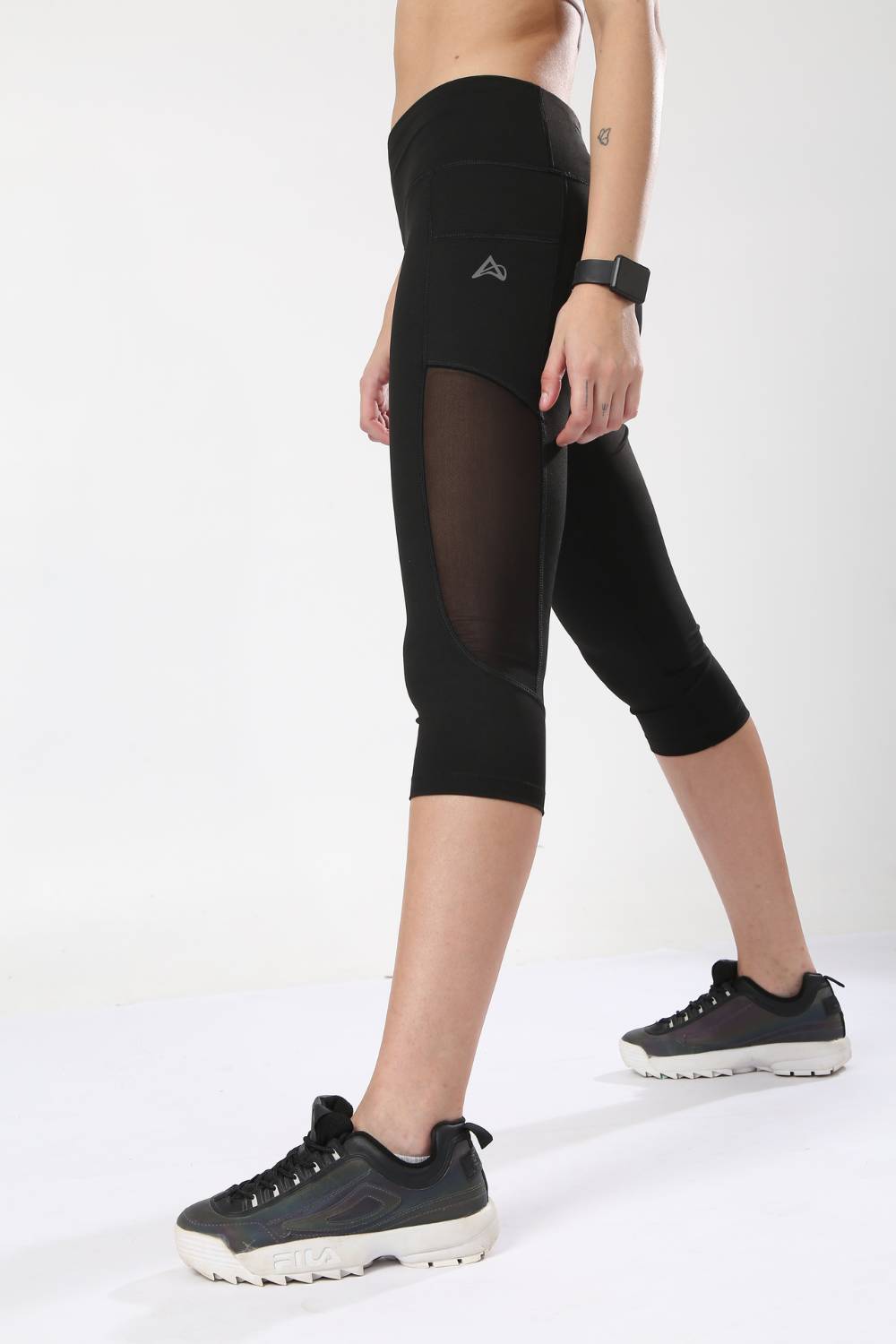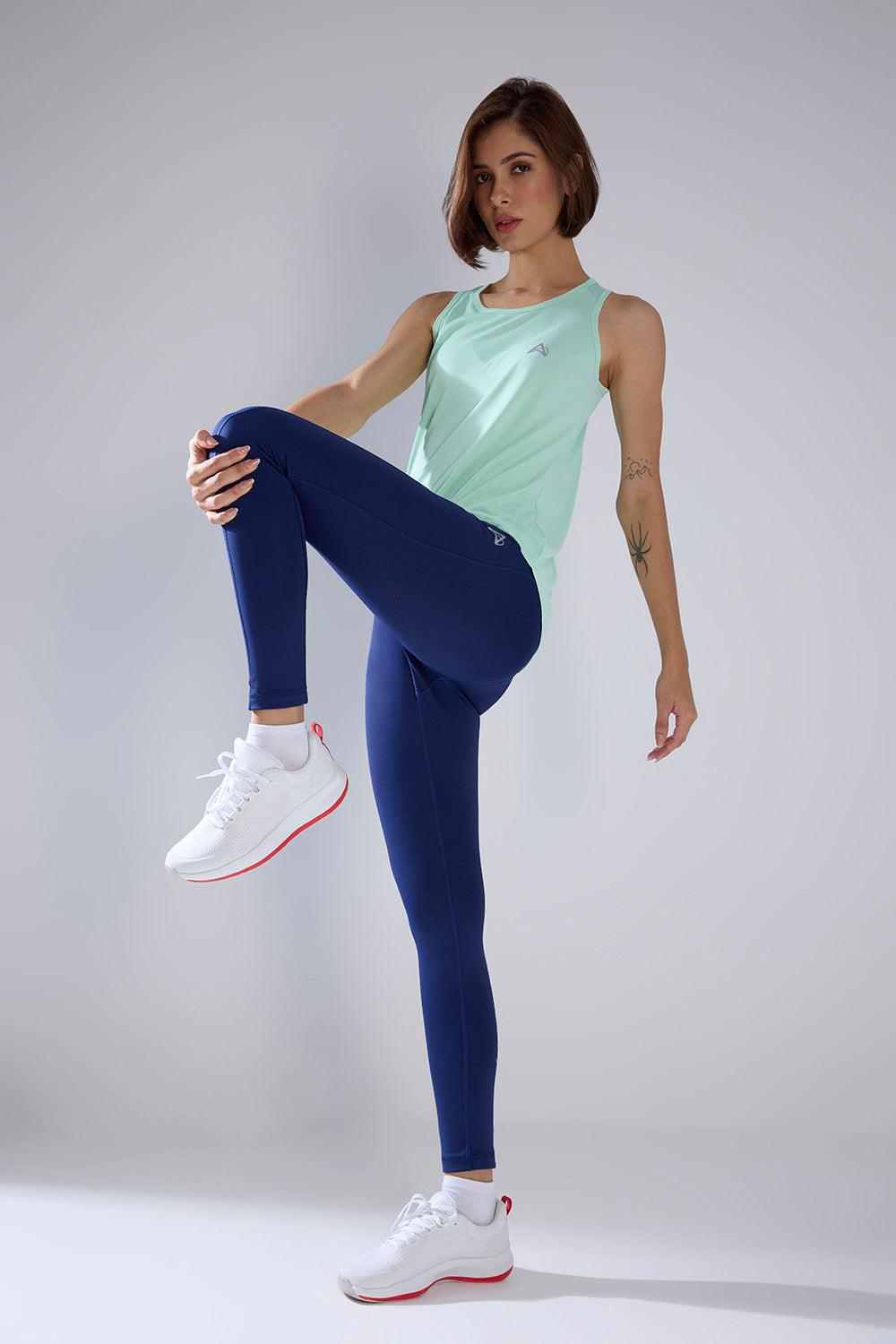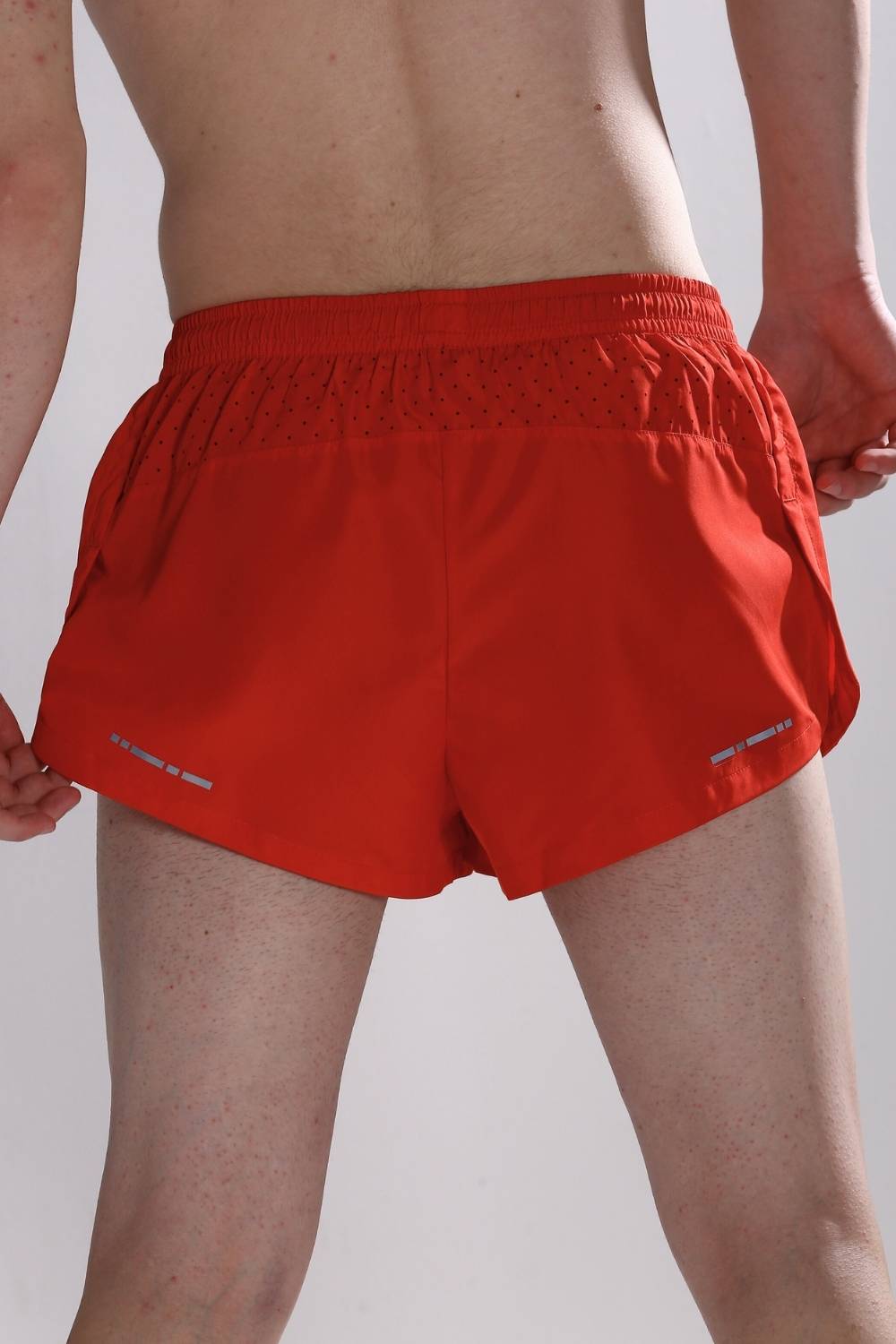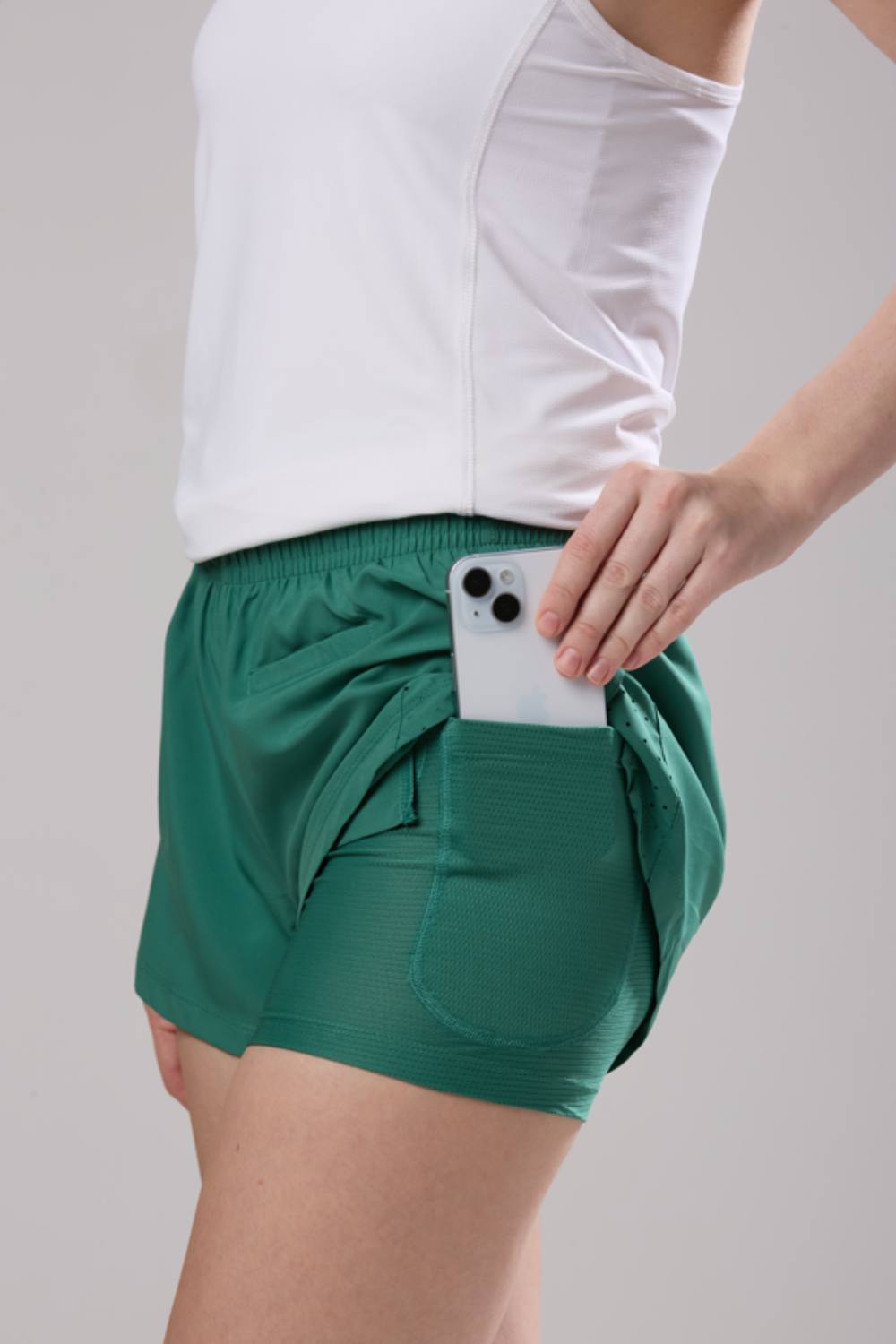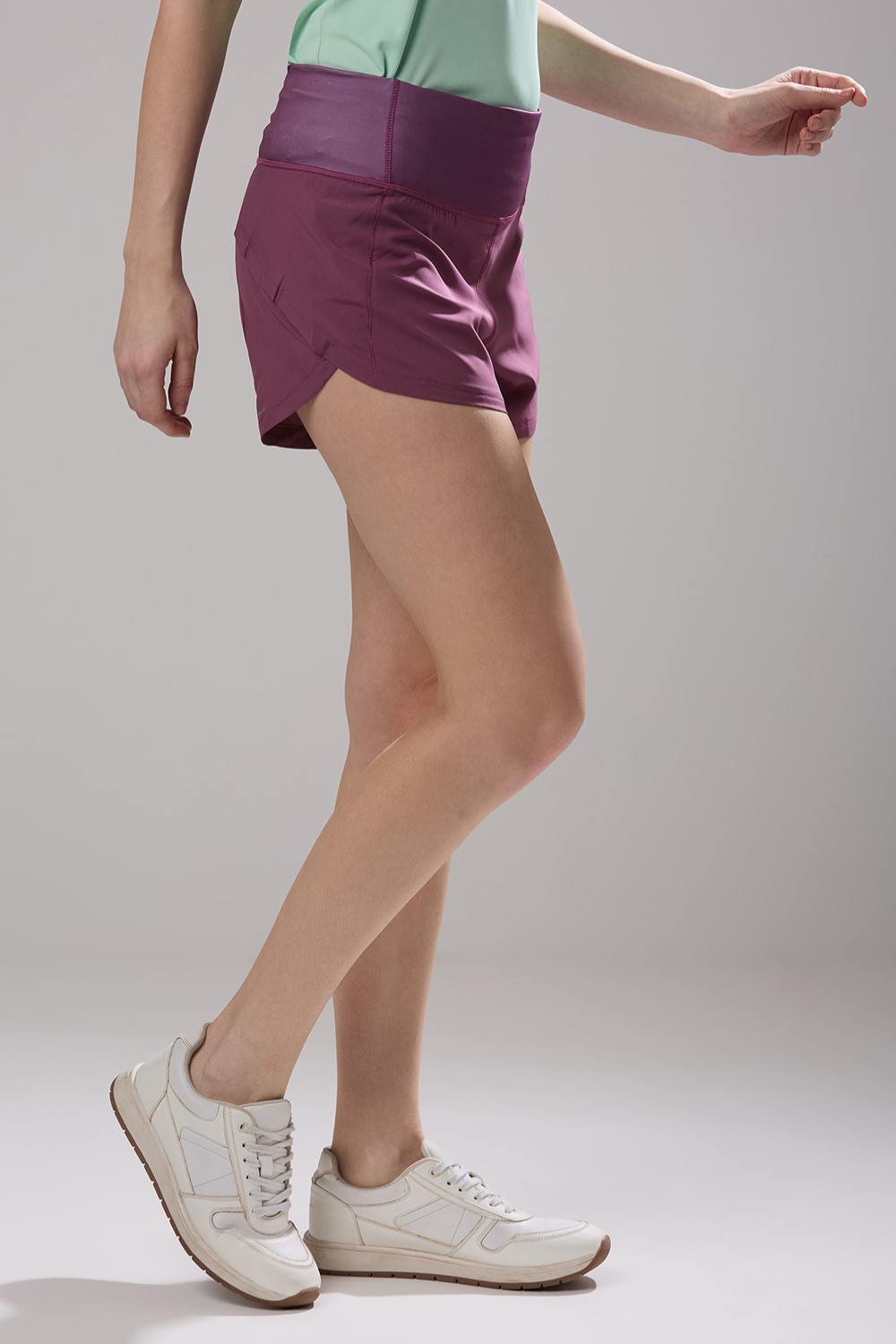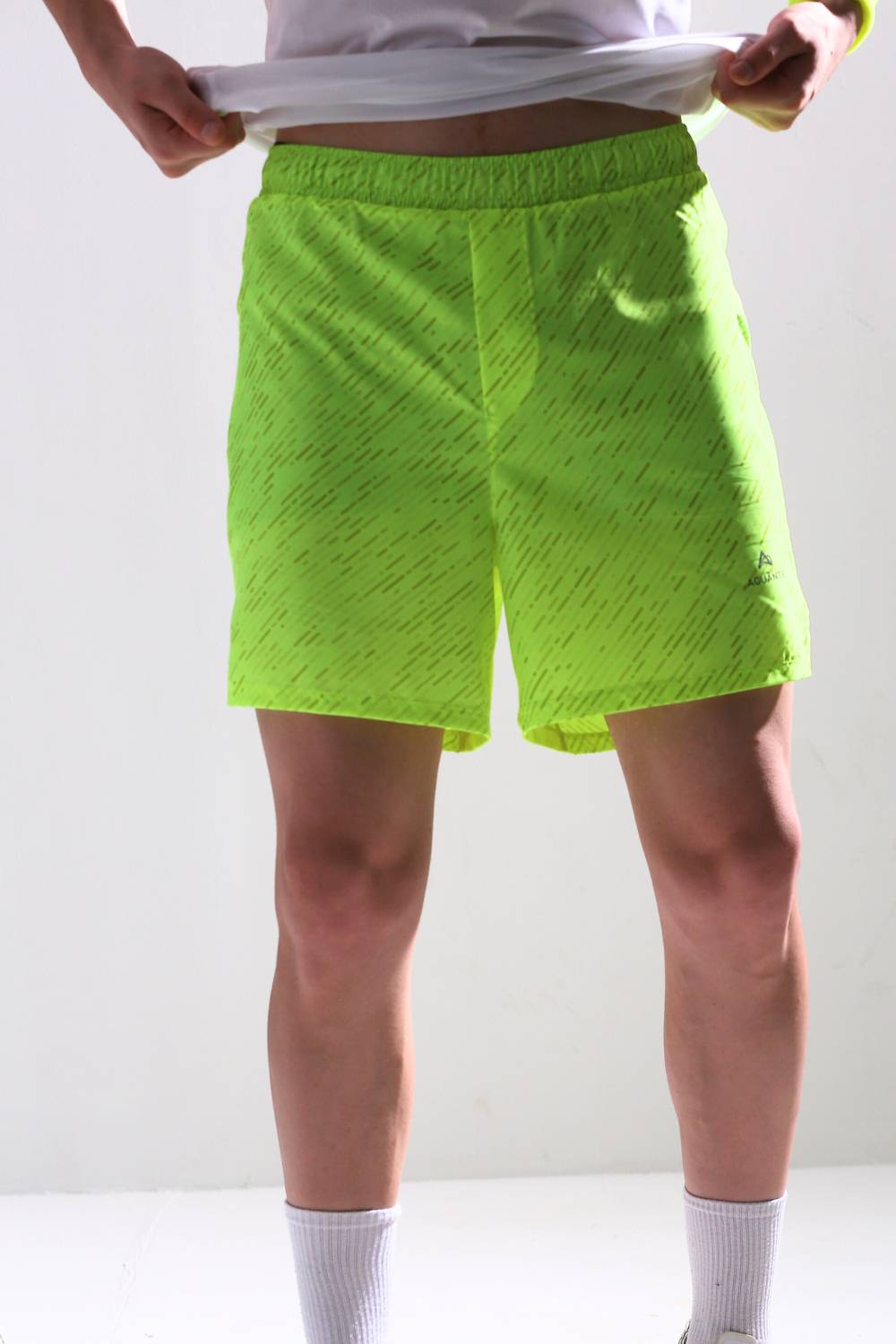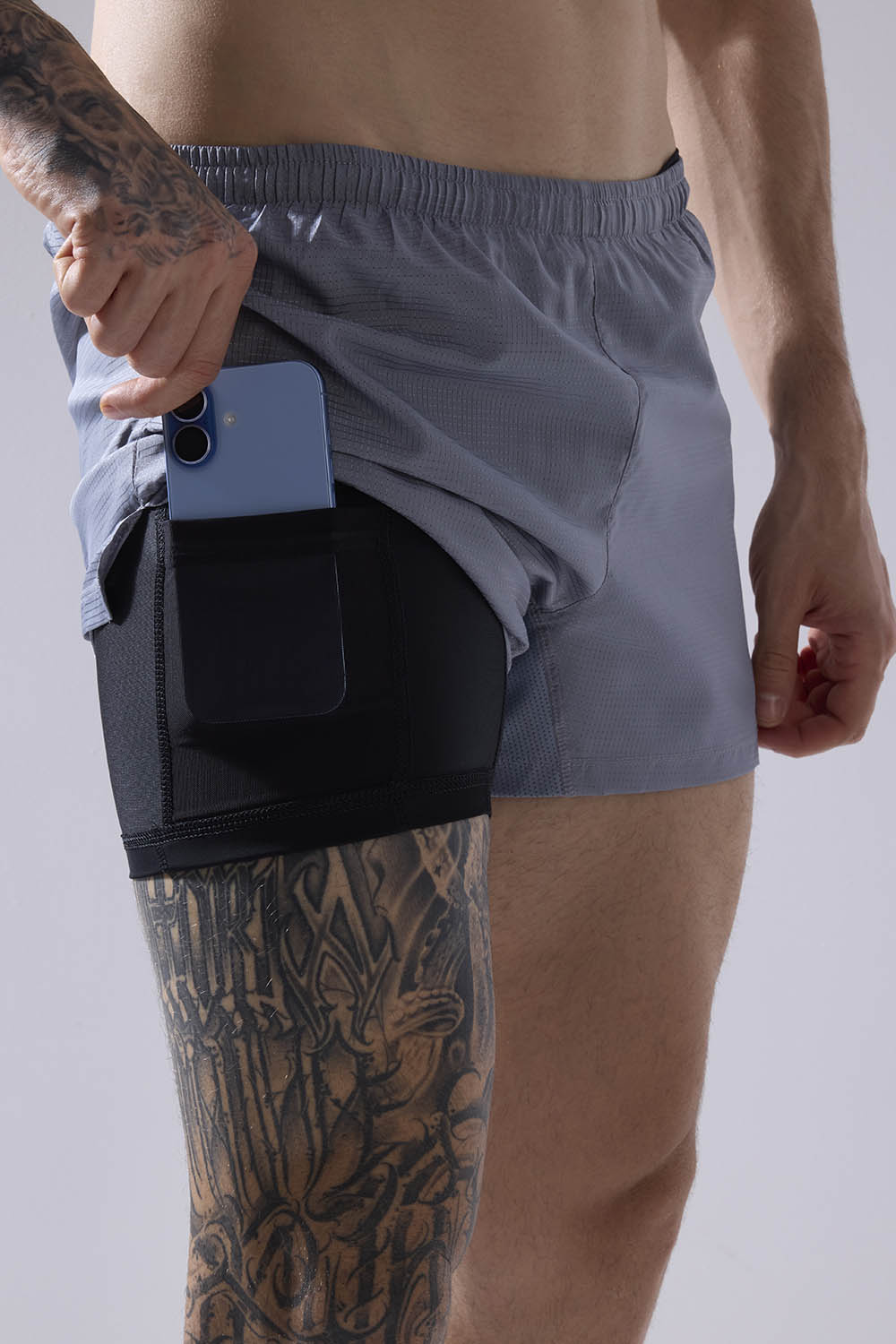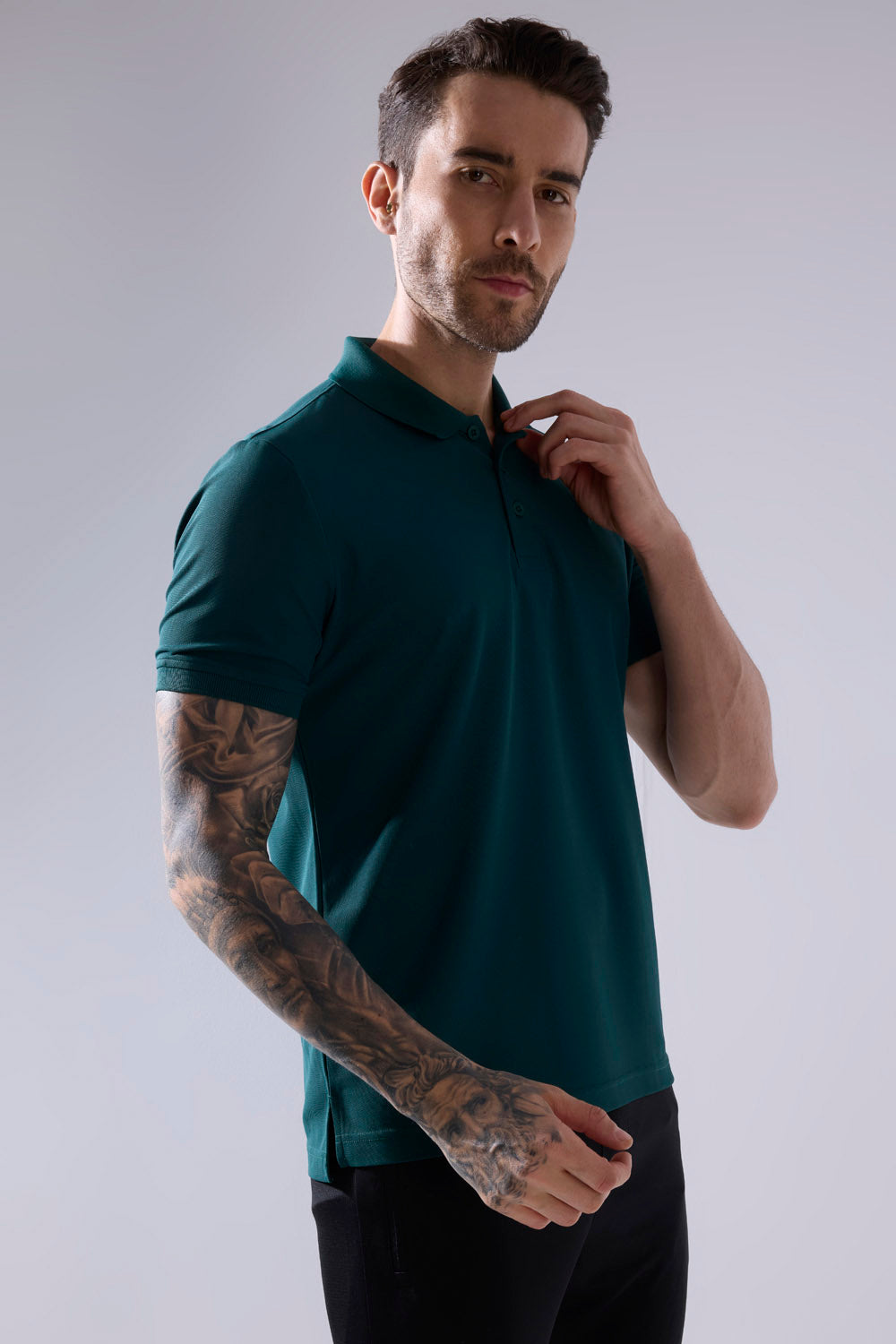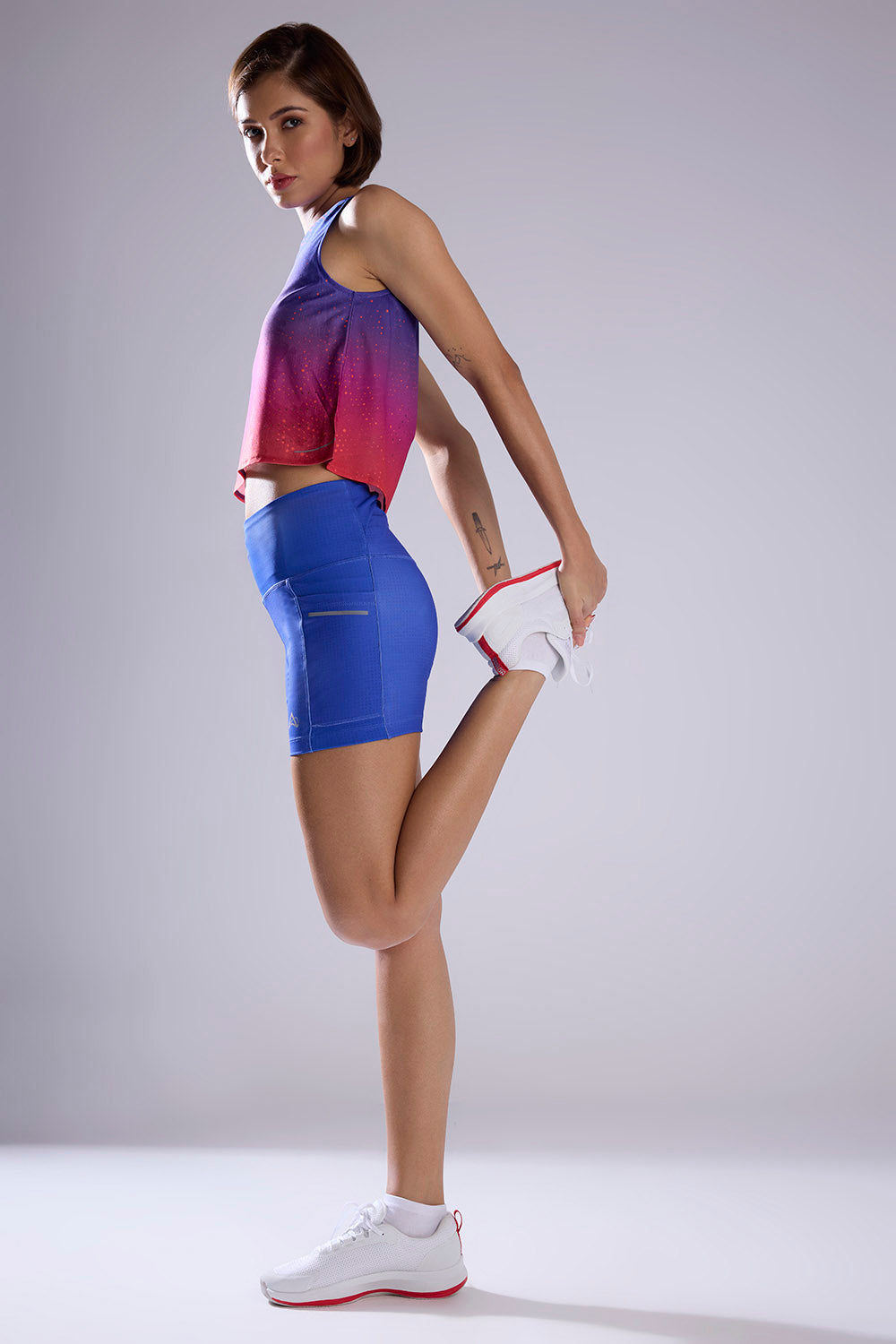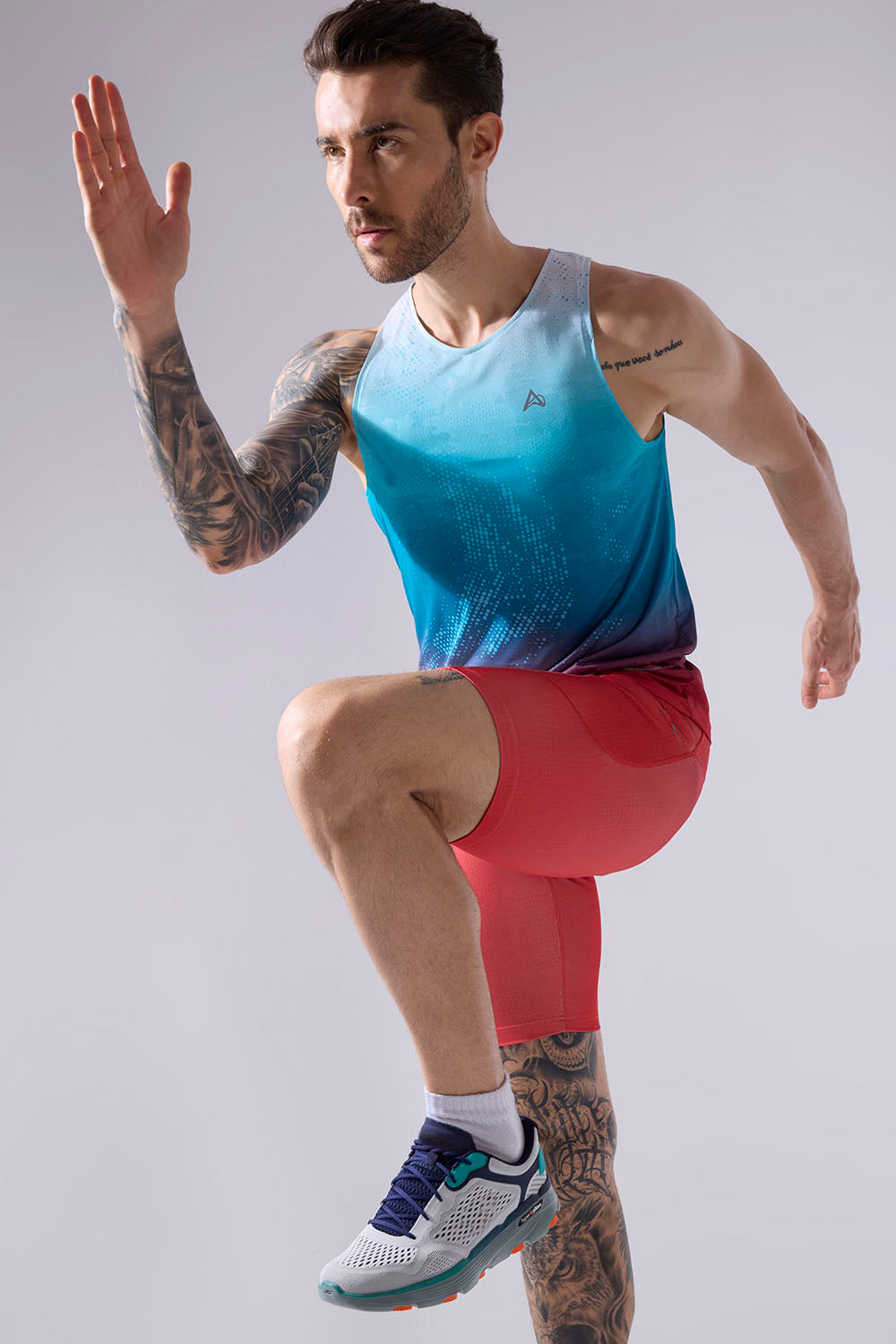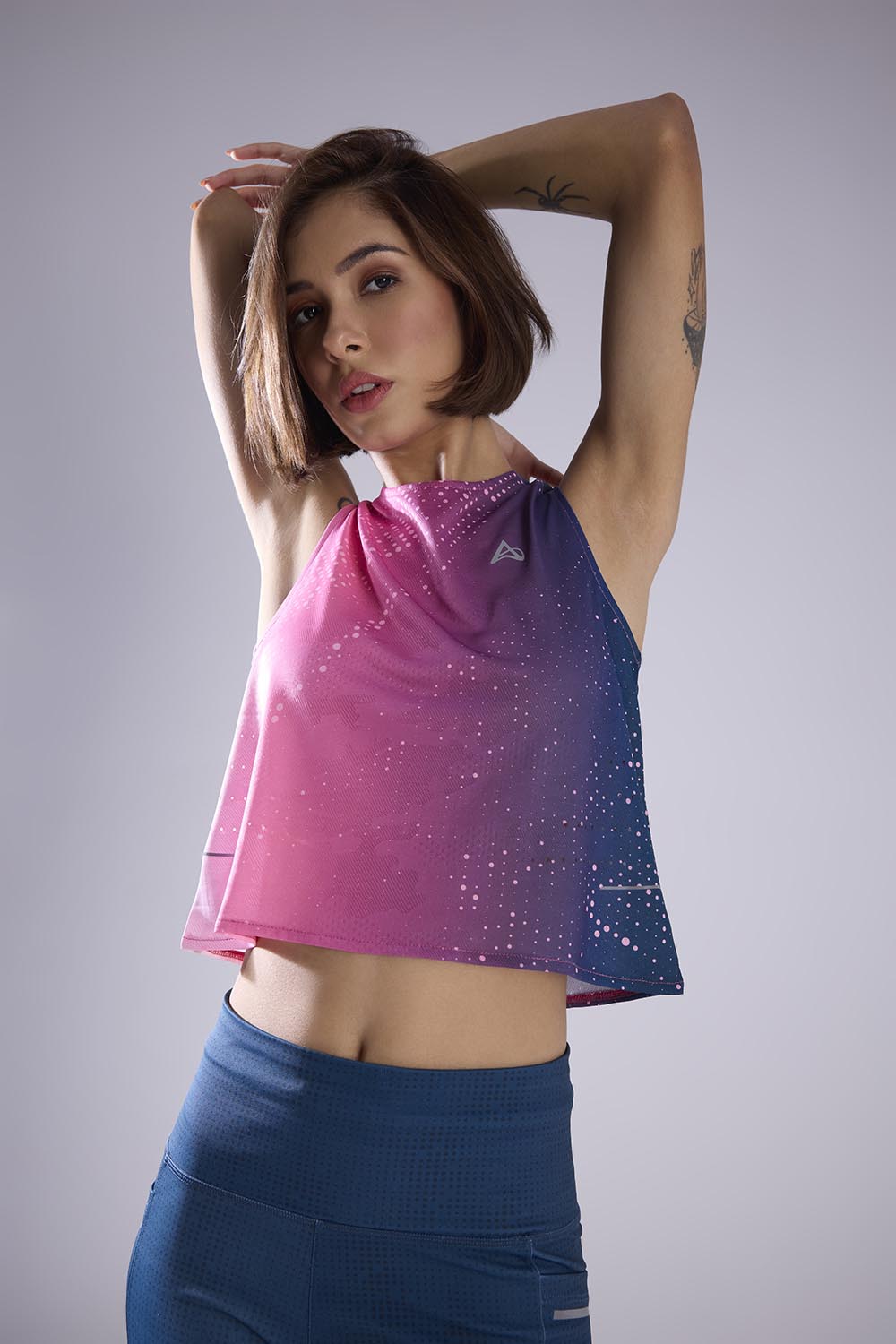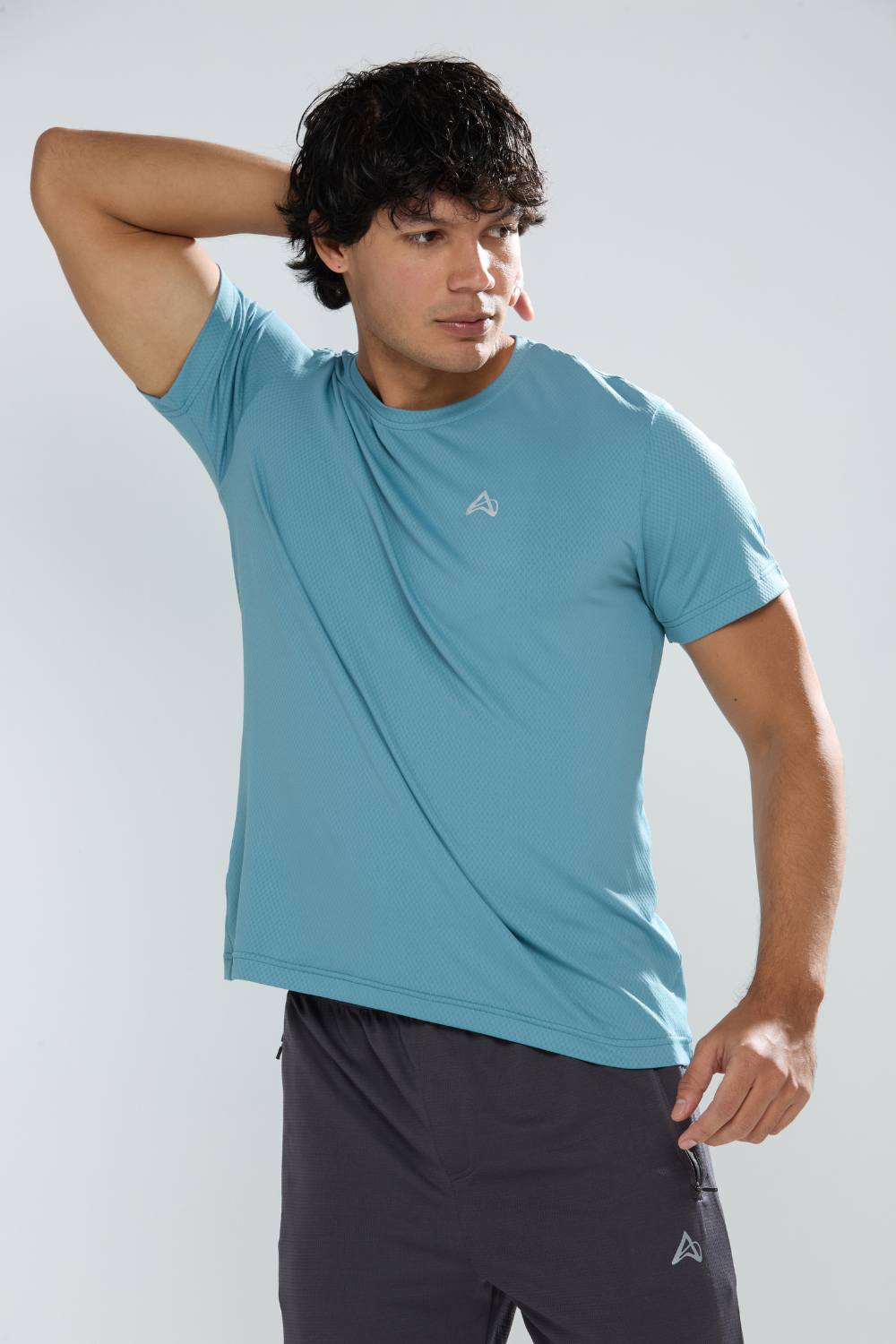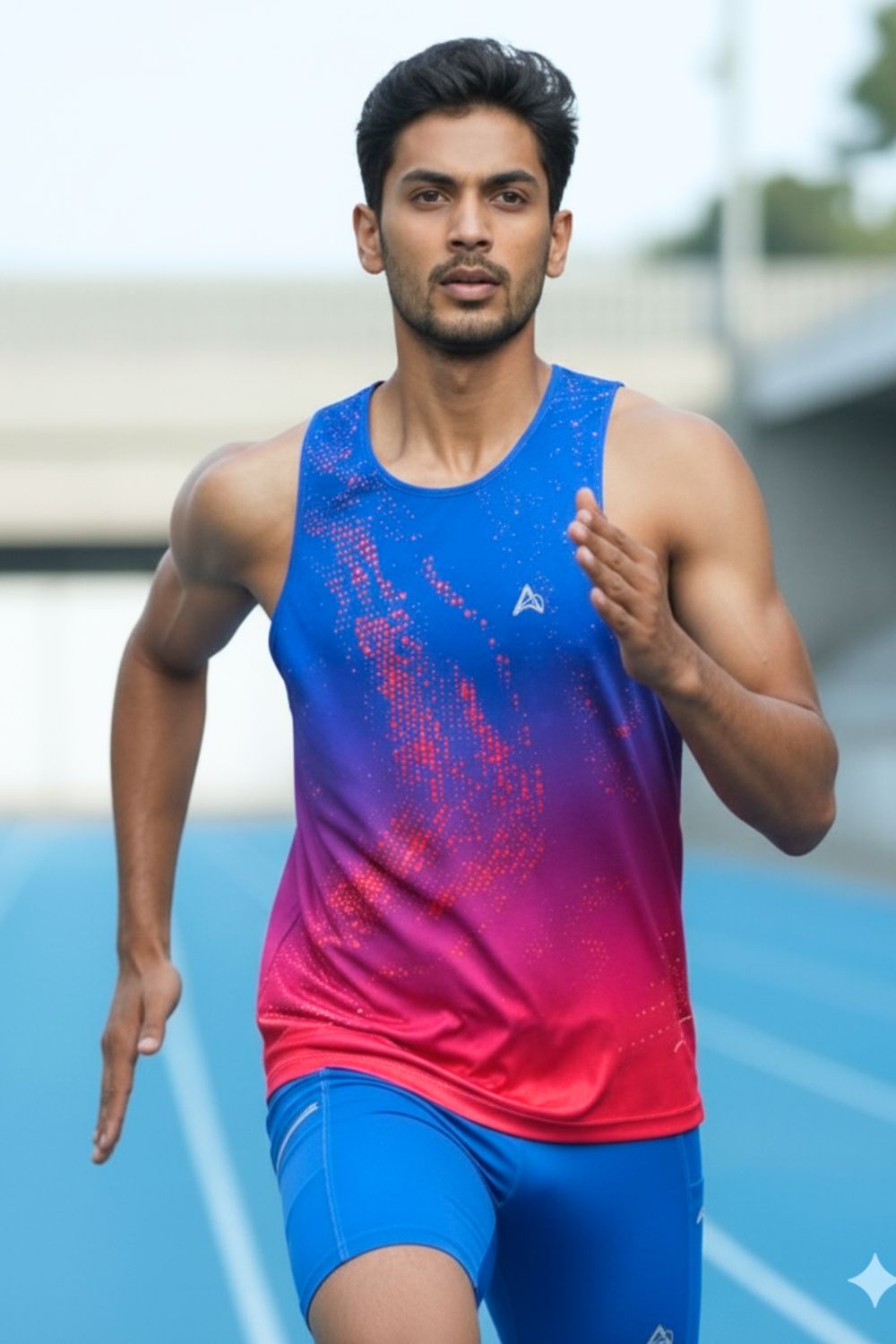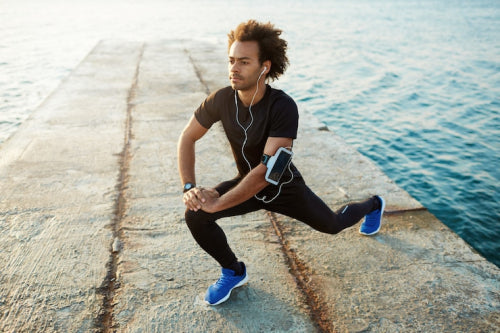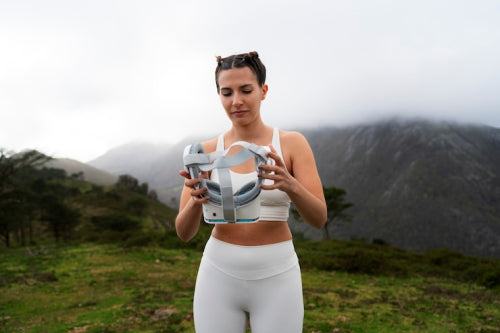Quick Listen:
Winter running once meant battling frost and bulk heavy layers that clung to sweat-soaked skin, chilling you to the bone. Now, runners glide through snow in sleek, high-tech gear that wicks moisture, deflects wind, and even monitors performance. The activewear industry has redefined what it means to run, prioritizing not just aesthetics but endurance, precision, and comfort in any climate. This transformation, driven by cutting-edge innovation, is reshaping how runners tackle their miles.
Tired of gear that slows you down? Chafing, soggy fabrics, and missing pockets kill your run's momentum. At Aguante, we're runners who get it. Our high-performance activewear features moisture-wicking fabrics, ergonomic designs, and smart storage to keep you focused. Shop Now!
The Evolution of Activewear: What Runners Need for Peak Performance
The global activewear market, valued at USD 406.83 billion in 2024, is on track to reach USD 677.26 billion by 2030, growing at a 9.0% CAGR from 2025. At the heart of this boom are runners, whose needs are pushing brands like Aguante to innovate relentlessly. From marathoners braving North American winters to sprinters training in India's humid tropics, runners demand gear that boosts speed, ensures comfort, and withstands grueling conditions. Here's how the industry is delivering.
High-Tech Fabrics: The Science Behind the Stride
Walk into any running shop, and you're met with gear that feels futuristic. Fabrics that pull sweat away from your body keep you dry during long runs. UV-protective layers guard against harsh sunlight on open trails. Technologies designed for cold-weather running, such as advanced insulation and temperature-regulating materials, ensure warmth without weight, transforming winter runs into invigorating experiences. These features aren't mere marketing they're critical. A moisture-wicking shirt during a marathon prevents chafing, saving energy for the final push.
Some brands are taking it further, weaving sensors into fabrics to monitor heart rate or stride mechanics. Though still emerging, this technology points to a future where your gear doubles as a coach. Yet, innovation isn't always high-tech. Aguante, for instance, focuses on breathable, lightweight designs for long-distance runners, eliminating bulk and restrictive fits. The athleisure market, projected to hit USD 1,069.84 billion by 2034, reflects this shift, with shirts alone holding a 32% market share in 2023, as athletic and daily wear converge.
Sustainability: Running Toward a Greener Future
Runners don't just chase personal records they care about the planet. The industry is responding with fabrics crafted from recycled plastics or biodegradable fibers. Circular fashion, where apparel is designed for reuse or recycling, is gaining momentum. But eco-friendly gear faces challenges: sustainable materials can lack the durability or performance of traditional fabrics. Brands like Aguante must balance environmental responsibility with functionality can a jacket repel a monsoon and still biodegrade? North America, commanding a 38.46% revenue share of the activewear market in 2024, is driving this push for innovation without compromise.
Runners are fueling this demand. The mass segment, which held a 63% share of the athleisure market in 2023, shows that sustainable gear isn't just for elite buyers. Whether it's trail runners in Colorado or urban joggers in Delhi, the call for eco-conscious apparel is loud and global.
Performance in Action: Real-World Impact
For a marathoner, every detail matters. Sweat-soaked gear can lead to blisters or, in cold weather, hypothermia. Aguante's performance line, built with lightweight, breathable fabrics, keeps runners focused on their pace, not their discomfort. Injury prevention is another priority: ill-fitting apparel can chafe or restrict movement, straining joints. Ergonomic designs with flatlock seams and targeted compression minimize these risks, enabling longer, harder training sessions.
In India, where running is surging as a cultural force, Aguante's gear stands out. Designed for humid climates and diverse body types, it feels bespoke. Women, who drove a 47.62% revenue share in the activewear market in 2024, are leading the charge, demanding apparel that fits their needs. Brands that deliver are reaping the rewards.
Challenges: Balancing Innovation and Accessibility
Progress comes with obstacles. Sensor-embedded fabrics, while revolutionary, are expensive, pricing out casual runners. In-store sales, which accounted for a 71.14% revenue share in 2024, dominate, but high costs can deter budget-conscious buyers. Sizing remains a pain point runners vary widely in shape, yet many brands struggle to offer inclusive fits that maintain performance. A too-tight jacket hampers arm movement; overly loose shorts cause friction. In markets like India, where activewear is gaining traction, affordability and accessibility are key to unlocking growth.
Sustainability also has trade-offs. Eco-friendly fabrics can wear out faster, frustrating runners who log hundreds of miles annually. These challenges underscore the industry's growing pains but also highlight opportunities for brands willing to innovate.
Opportunities: Customization and Global Expansion
The activewear market is poised for growth, particularly in emerging economies like India, where running is becoming a lifestyle. North America's market, valued at USD 126.16 billion in 2023, sets the stage, but developing regions hold immense potential. Customization is a growing trend runners want gear tailored to their needs, from monsoon-ready jackets to shorts with strategic pockets. Aguante's region-specific designs are a model, building loyalty through personalization.
Partnerships could accelerate this momentum. Collaborations between apparel brands and tech firms or sports organizations could yield gear that's both practical and forward-thinking. Picture a shirt that syncs with a running app, offering real-time performance insights. These concepts are within reach, signaling the industry's next leap.
The Future of Running Apparel: A Lasting Legacy
The activewear industry stands at a pivotal moment. Runners demand more greater comfort, bolder sustainability, uncompromising performance and brands like Aguante are answering the call. The numbers are staggering: a market racing toward USD 677.26 billion by 2030, propelled by innovations that make every run smoother. Yet, the true impact unfolds on the pavement, where a well-crafted jacket transforms a frigid morning into a victory, or a pair of shorts fades into the background, letting you focus on the rhythm of your stride.
The road ahead is promising. Fabrics will grow smarter, sustainable materials will gain resilience, and customization will make every piece feel personal. Brands that truly hear runners understanding their struggles and aspirations will define the future. So, tie your laces, hit the path, and know your gear is as committed as you are. The evolution of activewear isn't just about fabric it's about fueling every step toward greatness.
Disclaimer: The above helpful resources content contains personal opinions and experiences. The information provided is for general knowledge and does not constitute professional advice.
You may also be interested in: Best Selling Activewear By Aguante - Get it now
Tired of gear that slows you down? Chafing, soggy fabrics, and missing pockets kill your run's momentum. At Aguante, we're runners who get it. Our high-performance activewear features moisture-wicking fabrics, ergonomic designs, and smart storage to keep you focused. Shop Now!
Powered by flareAI.co

